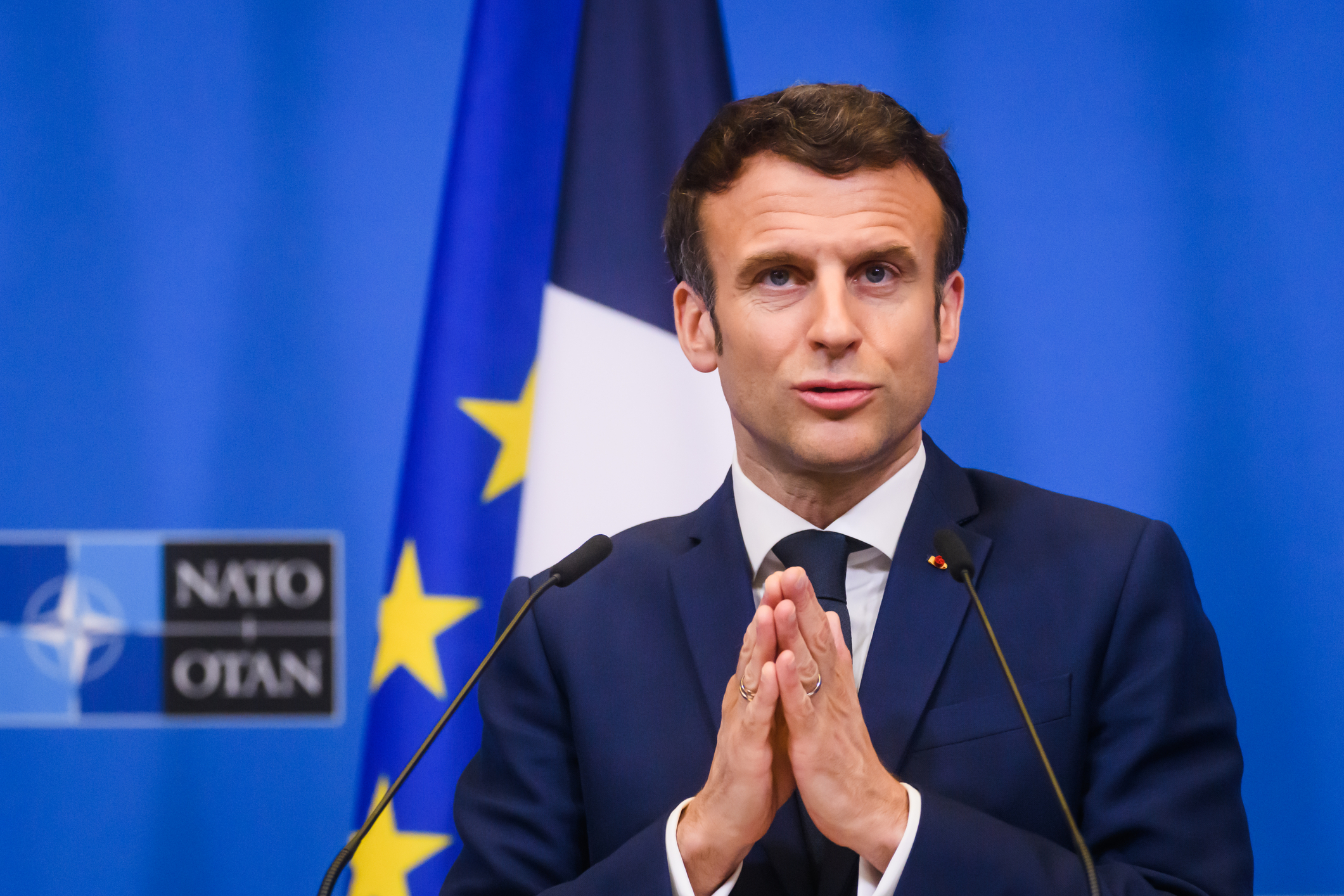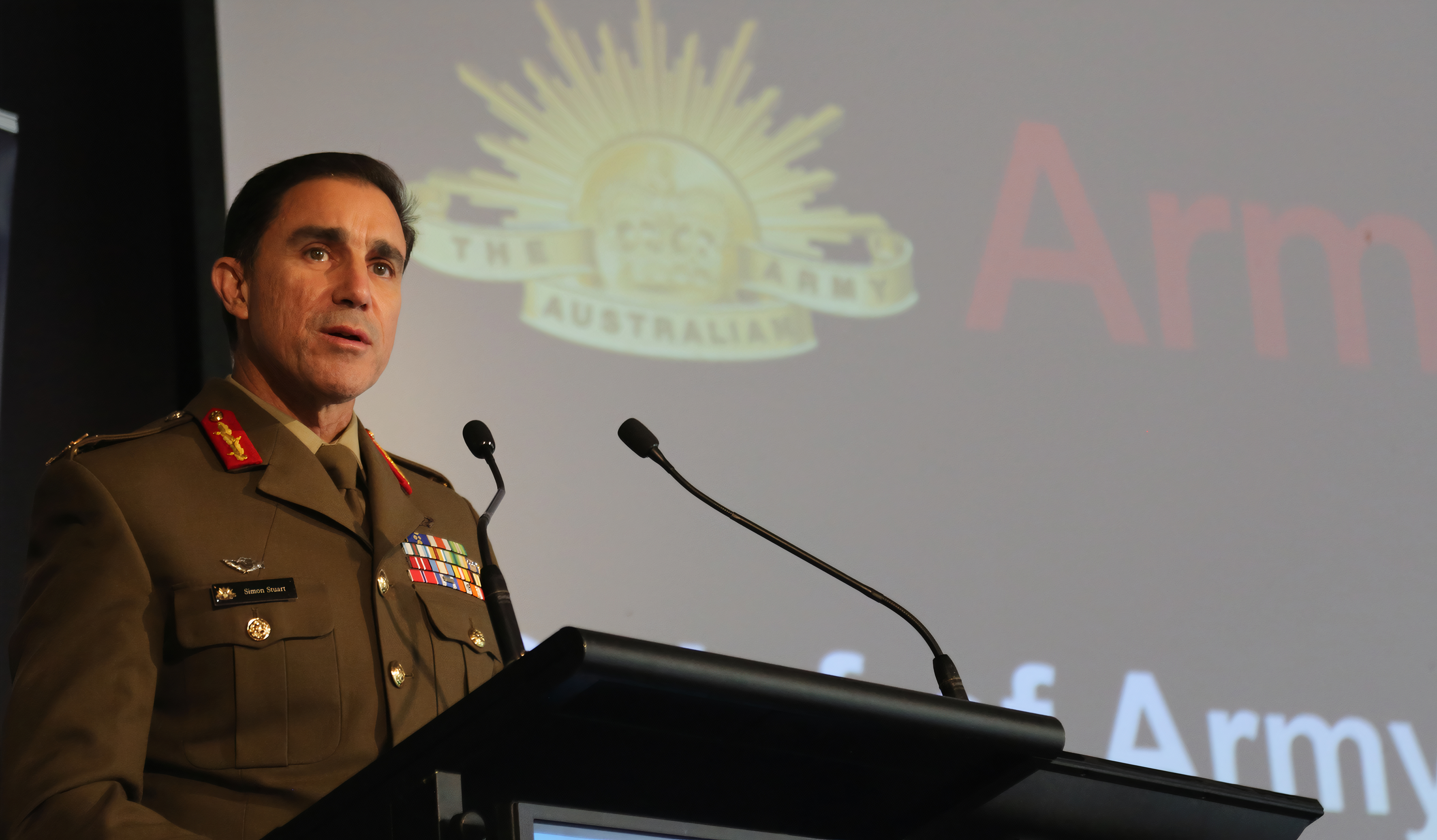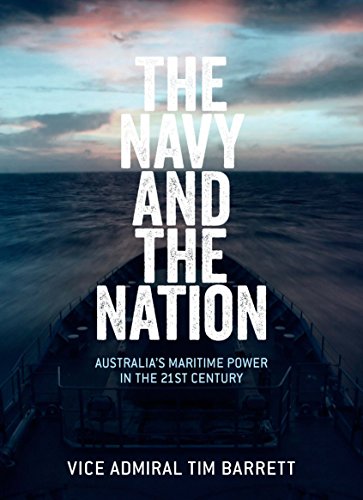By Robbin Laird
Dr. Dupont provided the launch presentation for the recent Williams Foundation Seminar held on September 28, 2022. That seminar focused on key questions and challenges facing the ADF as it addressed the shift to focus primarily on the direct defense of Australia.
In his presentation, Dupont provided a comprehensive examination of how fluid and dynamic that environment was for Australia and the liberal democracies. He underscored that several crises were happening at the same time, and that the demand side on nations of having to deal with multiple crises at the same time presented an overload situation.
For Australia, this meant that its economy was challenged by several developments at the same time. The pandemic exposed the supply chain vulnerabilities of an island continent. The globalization disruption and re-direction meant that the core relationship between China and Australia which has been part of Australia’s prosperity was significantly undercut. The war in Ukraine posed both supply chain disruptions, economic downturns and brought back dramatically the threat of global conflict.
For the nation, Dupont underscored that defence and security were clearly not simply an ADF challenge or to be funded simply by defence budgetary requirements.
How to build more secure supply chains?
How would doing so disrupt the trade order and the global WTO rules?
How to deal with the energy crisis?
How to ensure energy supply?
How will Australia deal with coal and nuclear energy issues?
The broader point was simply that defence was no longer the province of the professional ADF; the global crises posed challenges beyond the remit of a professional force like the ADF could deal with.
And what is required was shifting from a peacetime mindset to one which understood the cascading challenges to Australian sovereignty and to the nation.
John Blackburn and I had the chance to follow up with Dr. Dupont and to discuss his thoughts on the nature of the challenge and some key elements in shaping an effective way ahead for Australia. Dupont noted that in the 1990s there was a debate on the need for a broader national security strategy, and that debate has now returned in the new context in which threats have increased and become more complex.
But because of the difficulties of shaping a comprehensive national security policy, the reality is that, in Dupont’s words, “defence will have to push on and shape a more comprehensive approach within the limits of what a Department of Defence and ADF can do.”
The focus will be on a broader interpretation of what defence needs to encompass such as with regard to mobilization and enhanced Australian domestic defence industry. And it is through these prisms that the broader aspects of national security policy will be addressed.
Dupont underscored the impact of cascading global crises ramping up the threat envelope and shaping a greater sense of urgency with regard to the direct defence of Australia. He argued: “that for the first time in 40 years, we have the real possibility of changing public mindsets about the challenges and the need to respond.”
According to Dupont: “we’re no longer in a peacetime situation. And that realization is now beginning to percolate through the political system and within the general public.”
The alliance piece is crucial and Australia will pursue greater interdependence with U.S. forces but there is a significant change as well. According to Dupont: “the old U.S. dominated hub and spokes alliance is becoming much more like a European style Alliance, where there’s a lot more interaction among the Allies themselves. And the U.S. needs to have Australians on board in ways they wouldn’t have conceived of a couple of years ago, such as building the defence industrial base jointly.”
We agreed that the initial focus needs to be upon getting measurable improvements in the existing force along the lines discussed in the seminar with regard to lethality and survivability. But to get the kind of force multipliers both Australia and its allies need will require expanded trust and cooperation in building new defence capabilities as well.
The defence industrial base throughout the alliance is not up to the tasks now required from it. As Dupont warned: “We just don’t build enough of what is needed for defence these days. We have suddenly realized that China controls 80 percent of the ecosystem that’s critical to defence. It is not just about building platforms but building out an effective defence ecosystem as well among the allies.”
And we need to have a compressed time perspective.
What can we build out in five years not twenty?
He argued that a key focus needs to be on finding ways to ramp up the defence industrial base rapidly and in realistic ways. He put the challenge and the opportunity this way: “We need to build a new defence industrial base quickly and efficiently by harnessing the financial and manufacturing power of the private sector. And we must be able to better support, sustain and protect our deployed units on the future battlefield.”
New technologies are emerging that can do so such as in the robotic domain and in 3D printing and other innovative approaches. But new partnership approaches with Australian industry are required in order to deliver the speed and scale of build required to prepare the ADF for challenges ahead.
He has argued in his recent Australian piece and in his presentation to the seminar that another key focus needs to be upon “the need to project power into the region for alliances purposes. We need to keep the big predator away as far as possible, rather than let the predator get close. Becoming a porcupine is not enough: you might make yourself spikier but get rolled over and eaten anyway.
“We need a combination of being able to defend Australian territory but also having a capacity for long range strike, and an integrated system supporting allies, at least up to Australia’s first island chain which runs through Indonesia, PNG and the adjacent small Pacific Island states to our north. Such an approach needs to be part of the guidance for the force that we need for the future.”
We then closed our discussion by focusing on the intersection of territorial defence with power projection by discussing the way ahead with regard to building out defence infrastructure including allied training facilities in the Northern Territory. He argued that by working with allies, the United States, Japan, South Korea could lead to joint investment which could accelerate the build out of defence infrastructure in the top end.
But to do so in his perspective required a different investment model as well. “With government leadership, we could develop a whole series of public private partnerships around enabling dual purpose infrastructure in the Northern Territory. The real secret is to liberate money from our private financial sector and to give reasonable returns on investment for dual use infrastructure in the Northern Territory.”
Featured Photo: Dr. Alan Dupont speaking to the Williams Foundation Seminar September 28, 2022.






